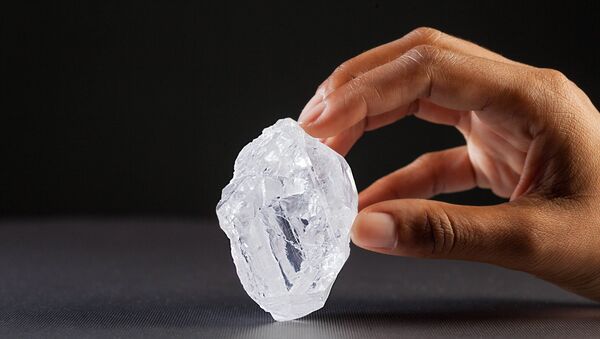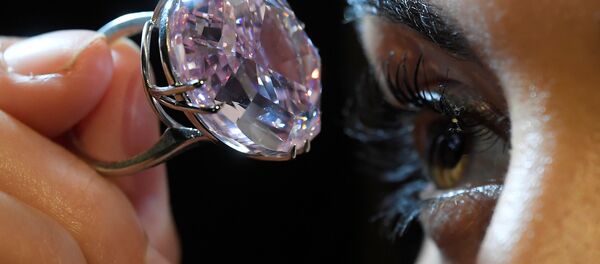Though it’s not eager to cut and polish the tennis ball-sized diamond, the Canada-based company may not have any other option if it wants to see the gem sold, officials say.
"I think we found that when you go above 1,000 carats, it is too big — certainly from the aspect of analyzing the stones with the technology available," Kieron Hodgson, a Panmure Gordon mining analyst, told Reuters.
For William Lamb, Lucara’s chief executive, the events of last June were disappointing.
"It’s only the second stone recovered in the history of humanity over 1,000 carats. Why would you want to polish it?" asked a frustrated Lamb. "The stone in the rough form contains an untold potential … as soon as you polish it into one solution, everything else is gone."
Unfortunately for the diamond company, the auction revealed that buyers aren’t as willing to pay for this potential as they’d expected.
Edahn Golan, of Edahn Golan Diamond Research & Data, suggested that "waiting a couple of years" might be in the best interest of the company. But other experts say waiting a year or two wouldn’t be a good option either. According to Oded Mansouri, managing director of Rare Diamond House, a bigger and potentially even more valuable stone could be found at any time.
One option that Lamb and partners cooked up was to join powers with one or more companies to cut and sell the stone.
"We’ve done our homework," Lamb told Reuters. "You don’t take a stone like this and give it to the second best."
"At the end of the day, it’s about understanding what the stone can produce," said Hodgson. "And the industry now doesn’t work on hunches as much as it used to 20-30 years ago."
Believed to be 3 million years old, the diamond takes its name from the national language of Botswana and means "Our Light."



